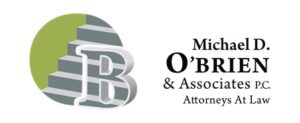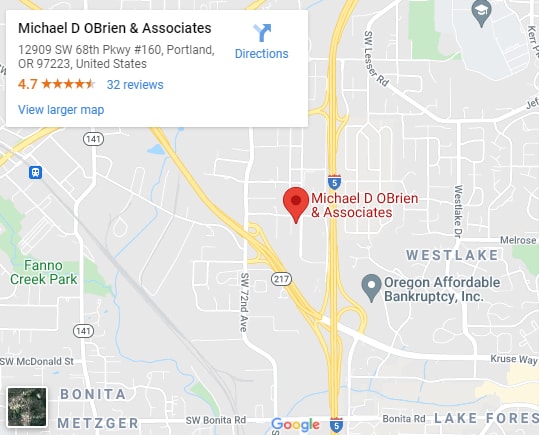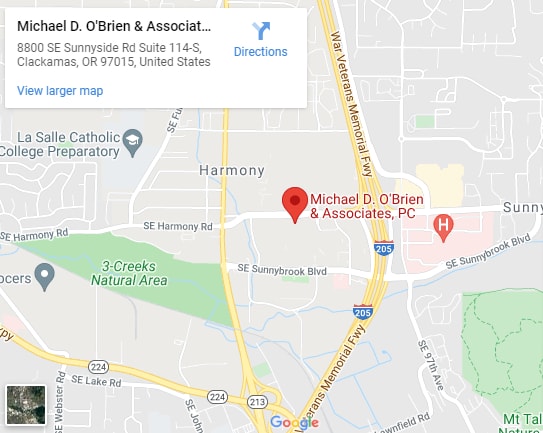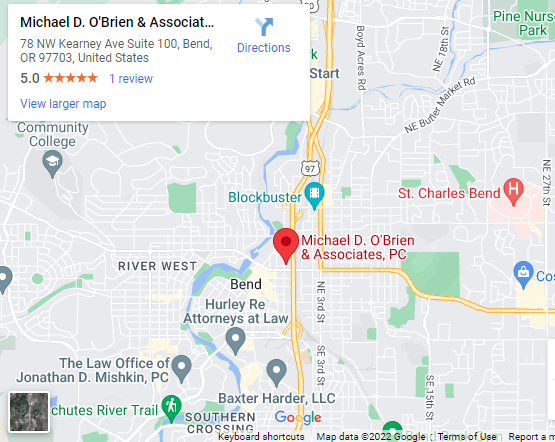Bankruptcy Attorney in Oregon (Portland, Bend, and Clackamas)
Cramdowns in Chapter 13 bankruptcy enables you to reduce a debt’s principal balance to the value of the asset it is secured by. Using a Chapter 13 cramdown, you may be allowed to keep your car, real estate investment, or other properties.
Filing Chapter 13 bankruptcy in Portland, Bend, and Clackamas, Oregon, can help relieve the burden of being seriously in debt. It may be daunting at first when you file for bankruptcy, but with the help of an experienced bankruptcy lawyer in Oregon, the bankruptcy process may be greatly simplified.
Bankruptcy is a tough decision. However, our bankruptcy attorney in Oregon (Portland, Bend, and Clackamas) will guide you in weighing your bankruptcy options and making the best decision. Call Michael D. O’Brien & Associates now to set up a free case evaluation!
How Does a Cramdown Work?
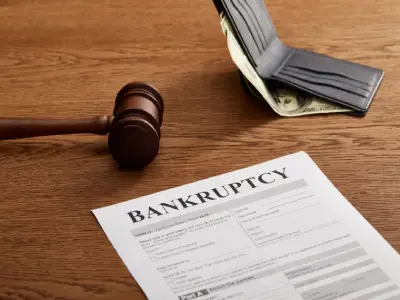 A cramdown provision (sometimes known as a “cram-down”) is often used on secured debts such as a vehicle or furniture. Cramdowns are not allowed on mortgages for a primary residence.
A cramdown provision (sometimes known as a “cram-down”) is often used on secured debts such as a vehicle or furniture. Cramdowns are not allowed on mortgages for a primary residence.
As outlined in Section 1129(b) of the Bankruptcy Code, the cramdown provision allows a bankruptcy court to disregard a secured creditor’s objections and accept a debtor’s reorganization plan as long as it is “fair and equitable.”
The phrase “cramdown” refers to the belief that loan modifications are “crammed down” the throats of creditors. A cramdown may also be referred to as a “cram-down deal” as a reference to any bad arrangement imposed on creditors due to circumstances.
In a Chapter 13 restructuring (using a cramdown), a debtor may either renegotiate a loan or risk losing everything in a Chapter 7 case, which provides secured creditors with significantly greater power.
Special Considerations in Cramdowns
A secured creditor often does better than an unsecured creditor in cramdowns in Chapter 13 bankruptcy, and they are usually the ones who file objections. The unsecured creditor’s strongest defense against an unfavorable reorganization plan is generally to question whether the debtor can satisfy the plan’s obligations rather than argue whether the plan is fair and equitable. The cramdown has been an effective tactic in forcing obstinate secured creditors to accept reorganization.
What are the Reasons for Cramdowns in Chapter 13 Bankruptcy?
Loans become more bearable with cramdowns. A cramdown can lower your monthly loan payment by spreading payments out over a longer time period. The payment term can run for the whole three- to five-year period of a Chapter 13 bankruptcy. The bankruptcy court may also intervene to reduce the loan’s interest rate. After you have paid off your loan, you will have outright ownership of the asset.
Suppose there still is a remaining $20,000 that you need to pay your creditor, however, your car’s value is only $12,000. The loan’s secured portion can be lowered to $12,000, with the remaining $8,000 reclassified as a non-priority unsecured debt.
These kinds of debts might never be discharged under a Chapter 13 bankruptcy, or they could be discharged only partially. In any case, you will not have to worry about the unsecured part of the loan debt when your bankruptcy is complete, provided you followed the debt repayment plan as well as paid off the remaining $12,000.
How Should I Cram Down My Loans?
Let’s use a car loan cramdown to demonstrate how a cramdown works since the majority of people choose Chapter 13 bankruptcy to cram down their car loan.
Let’s say your car is worth $5,000, however, your loan debt is $10,000; with a Chapter 13 debt repayment plan, you can cram your loan down to $5,000 (the car’s value). The remaining $5,000 balance will be added to any other unsecured debts you may have (such as credit cards). This would mean you will probably just repay a percentage of your unsecured debt, and the remaining amount will be wiped off when your debt repayment plan is completed. This means that at the conclusion of the bankruptcy, you will own the car entirely free and clear.
What are the Restrictions for Cramdowns in Chapter 13 Bankruptcy?
All types of property loans are eligible for cramdowns in Chapter 13 bankruptcy, but the bankruptcy laws surrounding each type may hinder you from benefiting under Chapter 13. For example, you could cram down a:
- household goods
- car loan
- other personal property loans (furniture, etc.)
- real estate mortgage
Restrictions and Limitations of each Loan Option
Vehicle Cramdown in Chapter 13
This rule states that you must have bought the car and the loan taken out for at least 910 days (about 2 1/2 years) before filing bankruptcy. Therefore you can’t cram down on cars you just recently purchased. There would be an exemption if you bought the car for business purposes.
The 910-Day Rule
If you want to cram down your car debt, you must have bought the vehicle for at least 910 days (approximately 2 1/2 years) before filing for bankruptcy. Otherwise, a debtor may be tempted to purchase a high-priced new car just before declaring bankruptcy and then quickly cram down the loan. For lenders, the consequences would be unfair.
The One-Year Rule
Similar to the 910-day limit for cars, this rule covers all other personal property. It is often important if you want to cram down debts on household goods, and it requires that the products be bought at least one year previous to bankruptcy before a cramdown is permitted.
Personal Property Cramdowns in Chapter 13 Bankruptcy
According to the personal property rule, you must have bought the property at least 1 year before filing for bankruptcy. Except for car loans, this restriction extends to all personal property loans. Household goods, furniture, and jewelry are among the most common instances of in-store financing.
Mortgage Cramdowns in Chapter 13 Bankruptcy
While there are no time constraints on mortgages, you cannot do a cramdown on your residence. It can only be used for mortgages on other types of real estate property, such as investment property and rental houses.
This type of cramdown is seldom utilized because it is expensive, and most who file bankruptcy do not earn enough to afford it. Why? The majority of courts demand that all cramdown loans, including cramdown mortgages, have their whole outstanding balance paid off in the 3- or 5-year Chapter 13 debt repayment plan. Given the limited time available, only a few can benefit from a mortgage cramdown.
Contact our Portland Bankruptcy Lawyers Now!
If you’re having trouble keeping up with your payments on unsecured debt, Chapter 13 bankruptcy might be your solution. The problem, though, is that the process’s complexity may raise your stress level. So, you will need the help of an experienced bankruptcy attorney. Having legal counsel will help you save both time and money.
If you or someone you know needs help with debt settlement, Michael D. O’Brien & Associates, P.C. is more than happy to help. Our years of experience, track record of success, and stellar reputation all combine to ensure that you get the best possible legal representation. We also provide debt relief options and estate planning services along with bankruptcy. If you are interested in any of our services, we offer initial free legal case evaluations on the majority of bankruptcy cases.
Make an appointment with our Portland law firm right now!

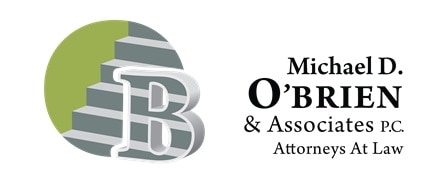
 A cramdown provision (sometimes known as a “cram-down”) is often used on
A cramdown provision (sometimes known as a “cram-down”) is often used on 
